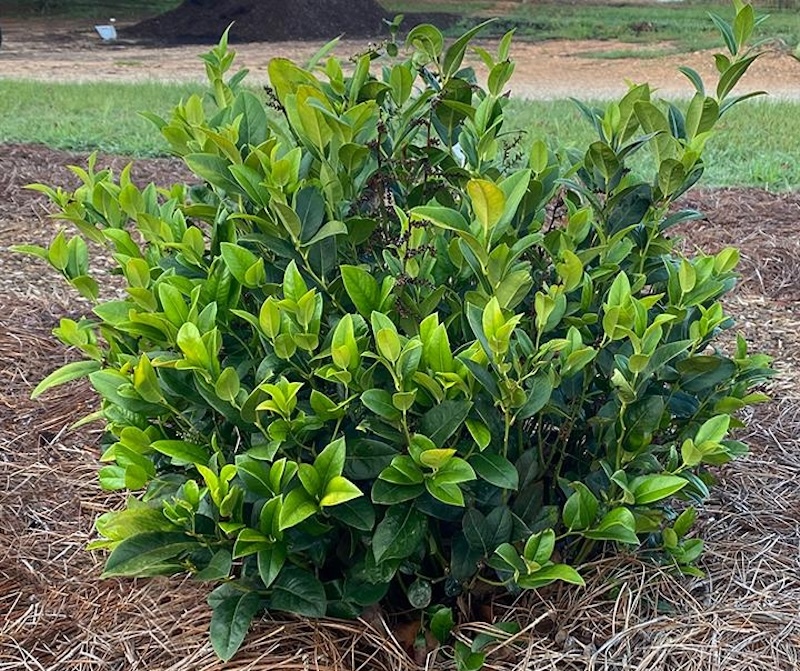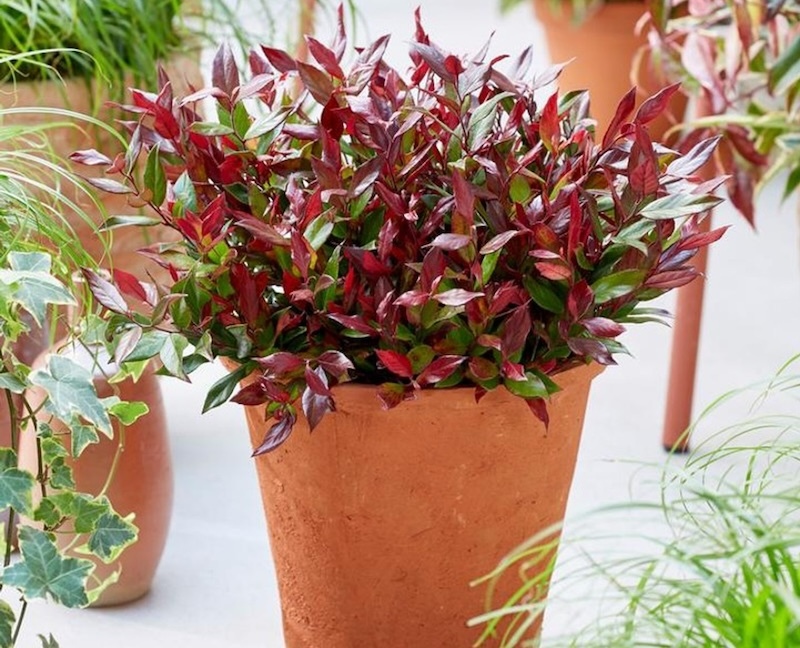Growing Leucothoe
Leucothoe is a low-maintenance shrub that provides year-round color. Long, narrow leaves come to a point. New foliage often has a red or copper hue and transitions into a lovely green with age. Some cultivars display burgundy foliage during the fall for seasonal color. Cream or white flowers bloom in clusters from later spring through early summer. Mature Leucothoe shrubs stand 1 to 6 feet tall and 3 to 6 feet wide.
Leucothoe makes a stunning hedge or adds visual interest to the back of a mixed bed. It thrives in partial sun to shade, so it is a good choice for a low-light area of a landscape. Leucothoe grows reliably in zones 5 through 9.

Planting Leucothoe
Select a shady planting location protected from strong or gusty winds. Leucothoe can handle some direct sunlight, but partial shade with protection from afternoon sun is ideal. Wait until there is no longer a chance of frost to plant. Dig a hole roughly the same depth as the root ball and slightly wider. Leucothoe needs moist, well-drained soil, and it prefers an acidic pH. Position the plant so the top of the root ball is level with the ground. Backfill the hole and firmly press the soil into place.

Watering Leucothoe
Newly planted Leucothoe requires consistent water, so keep the soil damp for the first couple growing seasons. Established plants need water when the soil is dry. Rainfall is often enough to support mature shrubs, but supplemental water is needed during a dry period. Spread a thick layer of mulch around the base of the plant to retain moisture and suppress weeds.
Fertilizing Leucothoe
An annual application of fertilizer in the spring is enough to support Leucothoe. Avoid fertilizing past summer because it may promote new growth that will not have time to harden off before winter. Use a slow-release, balanced fertilizer. If the soil is alkaline, use an acidic fertilizer to better support the shrub.
Pruning Leucothoe
Remove dead or damaged branches as necessary. Prune Leucothoe after the flowers fade; pruning before may reduce the number of blooms. Mature plants may benefit from a rejuvenating trim. Cut branches back substantially after flowering is complete to encourage a full and bushy form.
Caring For Leucothoe in Pots
Leucothoe makes a beautiful container plant, and the long, arching stems display nicely. Select a pot with a drain hole and ensure the potting mix promotes drainage. Position the pot in partial sun to shade and water when the top few inches of the potting mix are dry. Repot each spring and upgrade to a larger pot if the shrub shows signs of being crowded.

Winter Care For Leucothoe
Spread mulch around the base of the plant to insulate the roots from cold temperatures. If the shrub is in an area prone to gusty winds, wrap the plant in landscape fabric to protect against cold, strong winds. Leucothoe is an evergreen that retains its striking foliage all year, so it’s disappointing to cover it, but winter wind can be damaging. Shrubs in a protected area do not require additional winter care.
 |
Author Alison Cotsonas - Published 04-12-2024 |
